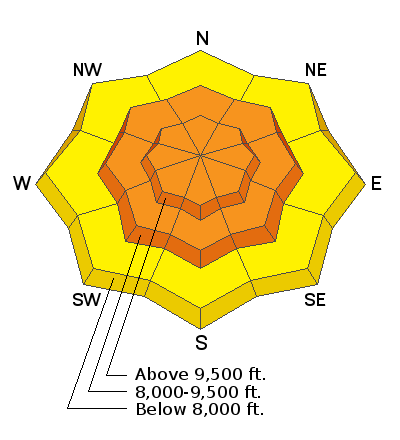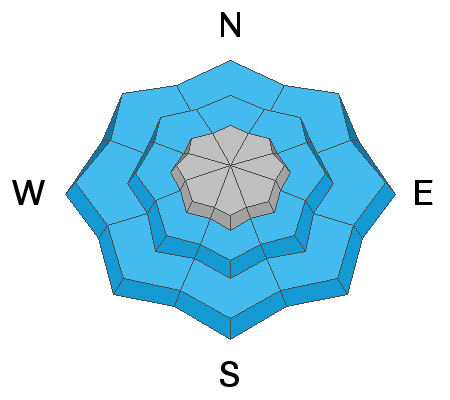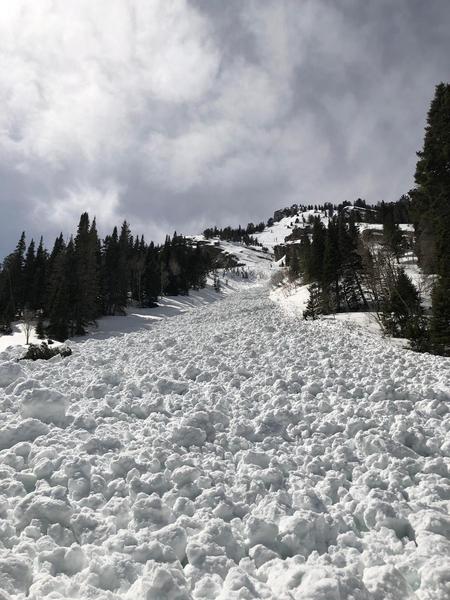Forecast for the Provo Area Mountains

Issued by Evelyn Lees on
Wednesday morning, April 10, 2019
Wednesday morning, April 10, 2019
The avalanche danger is CONSIDERABLE on all mid and upper elevation slopes - natural avalanches are possible, and human triggered slides likely. The danger is MODERATE at the low elevations. Both new snow and wet snow avalanches can be easily triggered. The danger will peak during periods of heavy snowfall or where the winds pick up, and may reach HIGH with a natural avalanche cycle occurring after frontal passage.
Dangerous avalanche conditions today will require careful snowpack evaluation, cautious route finding and conservative decision making. Avoid avalanche run out zones.

Low
Moderate
Considerable
High
Extreme
Learn how to read the forecast here









